The search for food in the street of Beijing
My first encounter with street food in China occurred after the perfect storm of jetlag, low blood sugar, achy feet, group dynamics, and an elusive Peking duck restaurant. Abandoning the search for the Beijing specialty, we started walking back to the hotel through the alleys (hutongs) with eyes wide open for some sustenance.
All of a sudden, we smelled something delicious as we passed by a long line of Chinese people. We jumped in line in spite of the fact that we had no idea what they were serving or how we were going to communicate when we reached the counter. Thankfully, a young woman in line who spoke English overheard our discussion and told us that it was “chinese bread”….”delicious”.
A sweet man in front of us ordered for us and helped us pay the correct amount of yuan. We sat down on a bench nearby, eating our delicious Chinese bread (that cost us only 1 yuan (~16¢) per steamed bun. Perhaps it wasn’t the most savory of all Chinese street food. It definitely would have been delicious in combination with some Peking duck. But it was definitely a great way to start our China adventure and introduction into food stalls and street food.
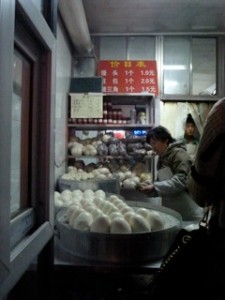
Chinese bread in Beijing
With our blood sugar levels elevated, we walked home and reflected on what a privotal night it had been. We had ignored all the warnings about street food. And we satiated. We had found a motto for the rest of our time in China. Follow the lines. It’s the safer way to eat street food and definitely the most delicious way to eat it. Occasionally, our peers would even follow suit.

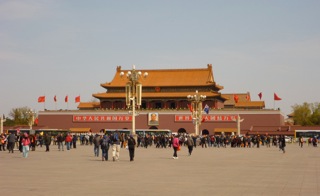 As a sensitive and visual person, I remember watching footage of the students and tanks in Tiananmen Square when I was in high school. I couldn’t even begin to understand the nuances of the political situation from my vantage point as an American high school student from the suburbs in northwest Houston. But I never forgot those images.
As a sensitive and visual person, I remember watching footage of the students and tanks in Tiananmen Square when I was in high school. I couldn’t even begin to understand the nuances of the political situation from my vantage point as an American high school student from the suburbs in northwest Houston. But I never forgot those images.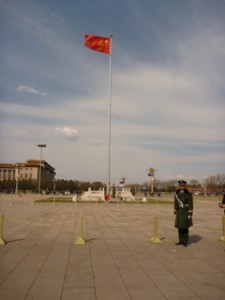
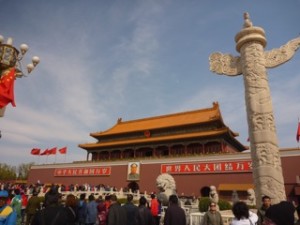
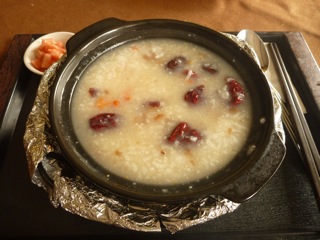
 I arrived in Beijing, China on April 8th after a long but (thankfully) uneventful flight with ~17 other classmates from AOMA and our fearless leader, Dr. Shen (I’ll tell ya the gangsta monkey story later!).
I arrived in Beijing, China on April 8th after a long but (thankfully) uneventful flight with ~17 other classmates from AOMA and our fearless leader, Dr. Shen (I’ll tell ya the gangsta monkey story later!). At the Beijing airport, a tour guide and bus driver picked us up at the airport in a tour bus that would be our home for the next 4 days in Beijing. The tour guide, June, spoke about herself in the 3rd person which became comical only after the initial confusion subsided from trying to locate this tour guide named June. We drove to the hotel as she prepped us for the upcoming activities while we were in Beijing. She explained that we would be on our own for dinner and directed us to some restaurants and a 7-11 behind the hotel.
At the Beijing airport, a tour guide and bus driver picked us up at the airport in a tour bus that would be our home for the next 4 days in Beijing. The tour guide, June, spoke about herself in the 3rd person which became comical only after the initial confusion subsided from trying to locate this tour guide named June. We drove to the hotel as she prepped us for the upcoming activities while we were in Beijing. She explained that we would be on our own for dinner and directed us to some restaurants and a 7-11 behind the hotel.